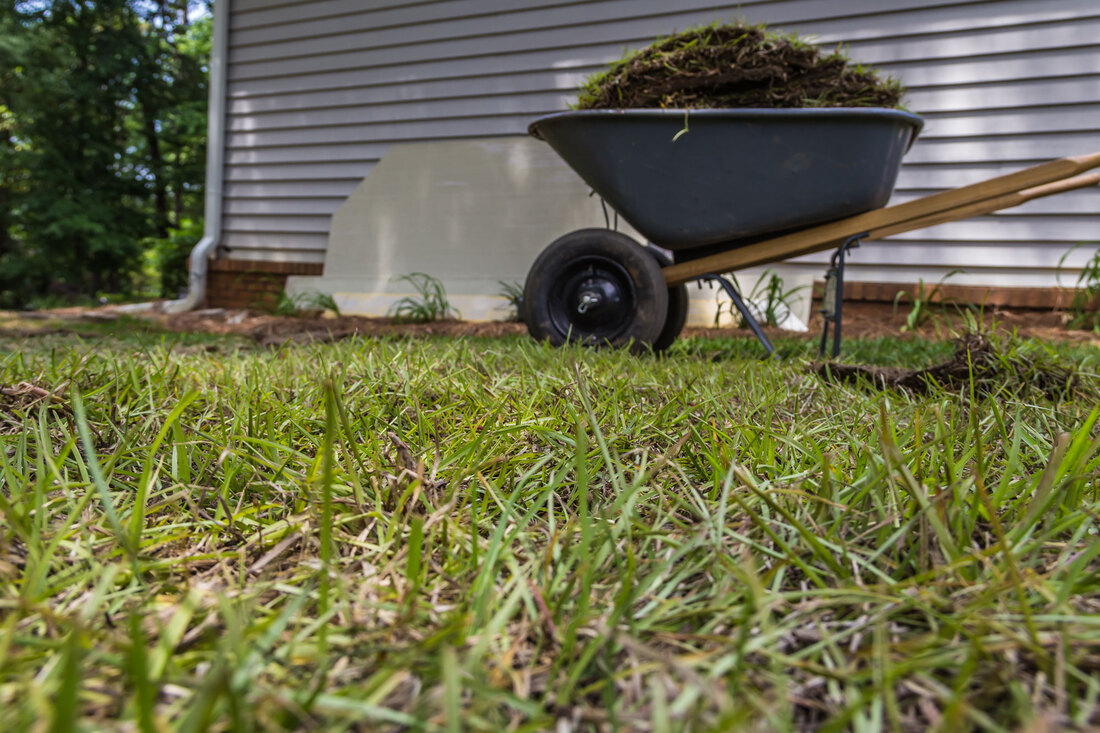|
Fall is the time for reflection, transition, and preparation. It's also the perfect time to start the recovery process for your lawn after it has faced the brutal impacts of a summer heatwave and drought. While most warm-season grasses are known for its resilience and low maintenance, extreme conditions can still take a toll on its health. Here's a guide to help you nurse your lawn back to its verdant best.
1. Assess the Damage Before diving into any recovery actions, take a stroll around your lawn to assess the damage. Check for areas that are brown, thin, or bare. This will give you an idea of where to focus your efforts and how much intervention is needed. 2. Start with Proper Watering Hydration is key to help your lawn recover. After a prolonged drought:
Heatwaves and drought can compact the soil, making it difficult for water, oxygen, and nutrients to reach grass roots.
Thin or bare patches can benefit from new sod:
After a drought, your lawn is starved of essential nutrients. Reintroduce them with a balanced, slow-release fertilizer:
Weeds can take advantage of a weakened lawn. Address them in the fall to give your grass a better chance of thriving come spring.
Your mowing habits can impact the recovery process:
Allow your recovering lawn some peace. Minimize foot traffic and avoid parking vehicles or placing heavy equipment on it. This will reduce compaction and stress. 9. Monitor for Pests and Diseases Stressed lawns can attract pests like chinch bugs or fall prey to diseases like brown patch. Regularly inspect your lawn and address any issues immediately. 10. Be Patient and Consistent Recovery is a process. While fall is a great time to initiate these efforts, remember that full recovery might take until the next growing season. Stay consistent in your care, and before you know it, your lawn will be the lush green oasis you remember. In conclusion, while heatwaves and drought can severely impact your grass lawn, with the right fall recovery strategies, it's possible to bring it back to life. A combination of proper watering, aeration, sod, and attentive care can help your lawn rebound and prepare it for the next growing season.
2 Comments
|
AuthorCharlie Casselberry Categories
All
Archives
April 2024
|
Contact |
Services |
About |
Locations
|
GreenSeasons
|
Baton Rouge Office
11628 S Choctaw Drive, Suite 227 Baton Rouge, Louisiana 70815 |
Greenwell Springs Office
14461 Frenchtown Road Greenwell Springs, LA 70739 |
Slidell Office
56010 Highway 433 Slidell, Louisiana 70461 |
© 2020 GreenSeasons



 RSS Feed
RSS Feed
